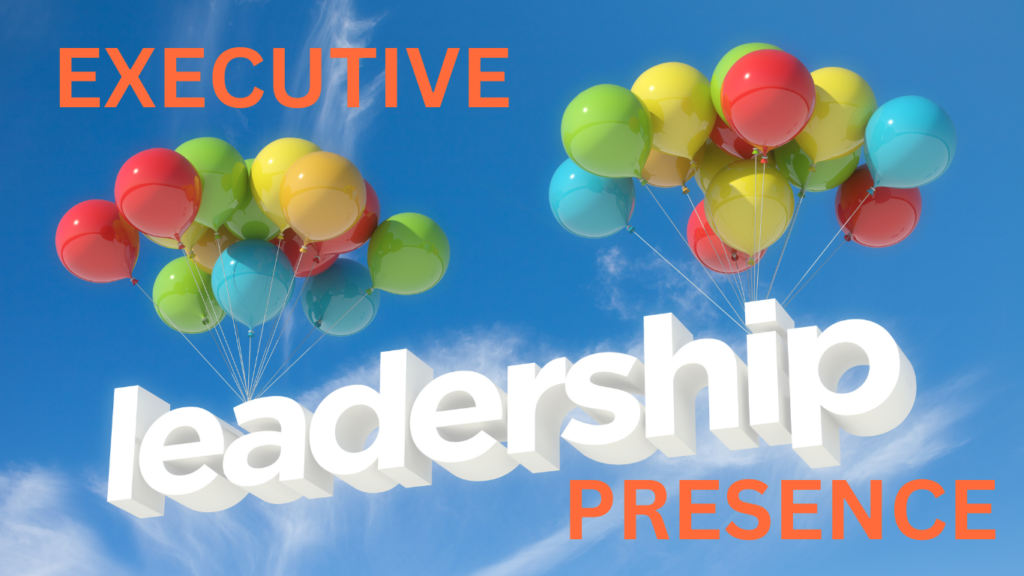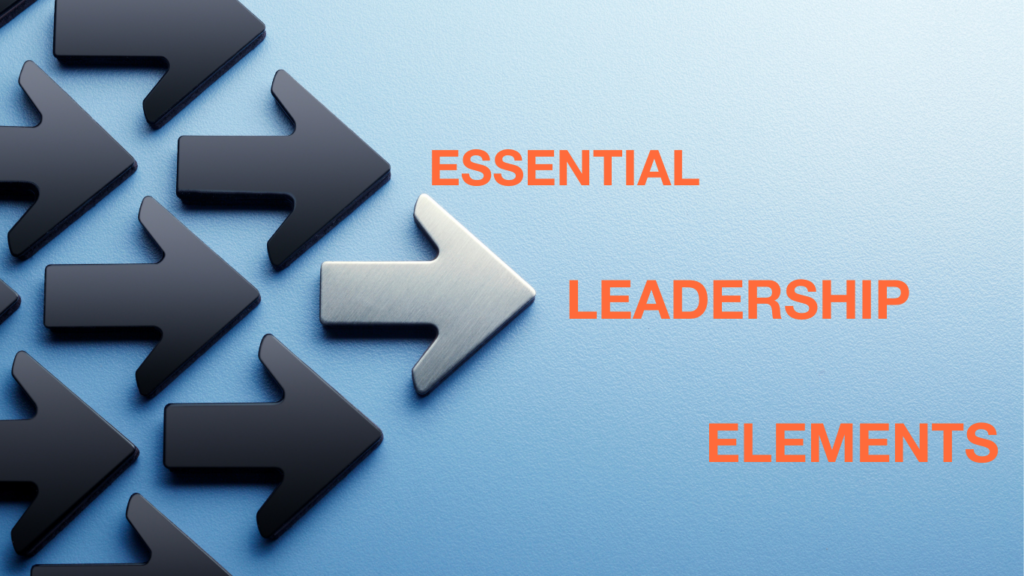
In the event you are reading this blog, you are most likely not asking the question, “how do I apply presence in real time to my leadership?” Instead you may be more curious to know in what specific ways and under what circumstances does your presence make a difference.
First and foremost, we have to show up in order for our presence to be known. How we show up will determine the impact and how long our presence is felt once we leave. In addition, the way we show up also determines how much the memory of our presence precedes us when we walk into that same room again or another room for that matter.
I recall one particular experience of a leader’s presence that to this day, marks one of the most significant and memorable for me. It was a Landmark Forum leader who led the class of three-hundred I attended back in 2012. At one point during the three days of the course, a participant became annoyed and decided to leave the course. As he walked toward the door vocally declaring he’d had enough and was done listening, our Forum leader stopped the participant in his tracks while standing on a stage approximately one-hundred feet away. She never left that spot the entire time that the two of them exchanged words with one another, he wanting to leave, her wanting him to stay.
I was amazed at her power as she continued to hold her authority in the room. No one else seemed to move a muscle during the altercation. The participant managed to break from the Forum leader’s power and leave. She then turned her power toward the rest of us, bringing to our attention that this fellow didn’t just leave the room, he left us behind. “Are you just going to let him walk out on all of the work we had just accomplished together?” She remarked to the rest of us, still not moving from where she stood in command on that stage. We all looked around at one another as though wondering who would move to do something about it. The Forum leader followed up her previous comment with a plea for us to take a stand and go after him.
Suddenly three of four other participants ran out of the room after the guy who left and brought him back. When the course came to an end a day and a half later, I noticed the fellow who had initially left the course seemed to be the most changed. He turned out to be one of the more successful stories of all the participants who finished the course with the rest of us. To this day I recall that experience of a leader who clearly knew who she was, knew her power and continues to be a reminder to me, what it takes to truly grab and hold an audiences’ attention.
Now I invite you to read on and learn a bit more about what Executive Leadership Presence is all about and how mastering your presence can make all the difference in your leadership. Enjoy the read and when you feel the urge to dive into your own developing leadership skills, do let me know and I will help you develop in ways you might find surprisingly beneficial to you, to your company and to your team.









